Citibank 2014 Annual Report Download - page 117
Download and view the complete annual report
Please find page 117 of the 2014 Citibank annual report below. You can navigate through the pages in the report by either clicking on the pages listed below, or by using the keyword search tool below to find specific information within the annual report.-
 1
1 -
 2
2 -
 3
3 -
 4
4 -
 5
5 -
 6
6 -
 7
7 -
 8
8 -
 9
9 -
 10
10 -
 11
11 -
 12
12 -
 13
13 -
 14
14 -
 15
15 -
 16
16 -
 17
17 -
 18
18 -
 19
19 -
 20
20 -
 21
21 -
 22
22 -
 23
23 -
 24
24 -
 25
25 -
 26
26 -
 27
27 -
 28
28 -
 29
29 -
 30
30 -
 31
31 -
 32
32 -
 33
33 -
 34
34 -
 35
35 -
 36
36 -
 37
37 -
 38
38 -
 39
39 -
 40
40 -
 41
41 -
 42
42 -
 43
43 -
 44
44 -
 45
45 -
 46
46 -
 47
47 -
 48
48 -
 49
49 -
 50
50 -
 51
51 -
 52
52 -
 53
53 -
 54
54 -
 55
55 -
 56
56 -
 57
57 -
 58
58 -
 59
59 -
 60
60 -
 61
61 -
 62
62 -
 63
63 -
 64
64 -
 65
65 -
 66
66 -
 67
67 -
 68
68 -
 69
69 -
 70
70 -
 71
71 -
 72
72 -
 73
73 -
 74
74 -
 75
75 -
 76
76 -
 77
77 -
 78
78 -
 79
79 -
 80
80 -
 81
81 -
 82
82 -
 83
83 -
 84
84 -
 85
85 -
 86
86 -
 87
87 -
 88
88 -
 89
89 -
 90
90 -
 91
91 -
 92
92 -
 93
93 -
 94
94 -
 95
95 -
 96
96 -
 97
97 -
 98
98 -
 99
99 -
 100
100 -
 101
101 -
 102
102 -
 103
103 -
 104
104 -
 105
105 -
 106
106 -
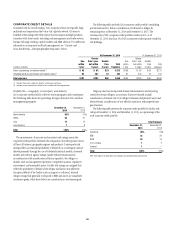 107
107 -
 108
108 -
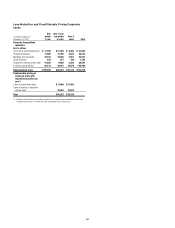 109
109 -
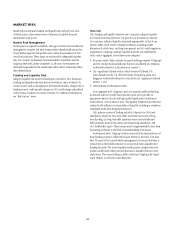 110
110 -
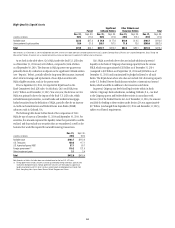 111
111 -
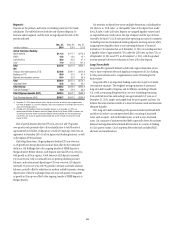 112
112 -
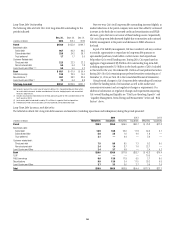 113
113 -
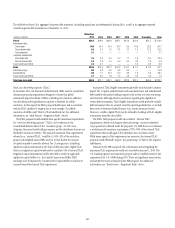 114
114 -
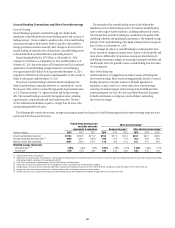 115
115 -
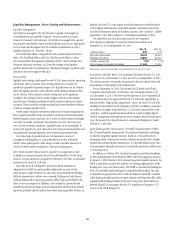 116
116 -
 117
117 -
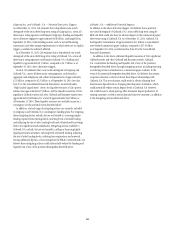 118
118 -
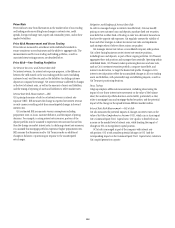 119
119 -
 120
120 -
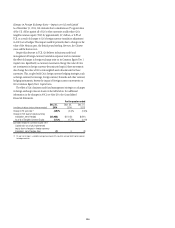 121
121 -
 122
122 -
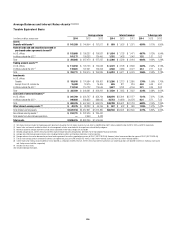 123
123 -
 124
124 -
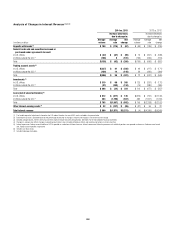 125
125 -
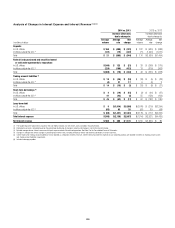 126
126 -
 127
127 -
 128
128 -
 129
129 -
 130
130 -
 131
131 -
 132
132 -
 133
133 -
 134
134 -
 135
135 -
 136
136 -
 137
137 -
 138
138 -
 139
139 -
 140
140 -
 141
141 -
 142
142 -
 143
143 -
 144
144 -
 145
145 -
 146
146 -
 147
147 -
 148
148 -
 149
149 -
 150
150 -
 151
151 -
 152
152 -
 153
153 -
 154
154 -
 155
155 -
 156
156 -
 157
157 -
 158
158 -
 159
159 -
 160
160 -
 161
161 -
 162
162 -
 163
163 -
 164
164 -
 165
165 -
 166
166 -
 167
167 -
 168
168 -
 169
169 -
 170
170 -
 171
171 -
 172
172 -
 173
173 -
 174
174 -
 175
175 -
 176
176 -
 177
177 -
 178
178 -
 179
179 -
 180
180 -
 181
181 -
 182
182 -
 183
183 -
 184
184 -
 185
185 -
 186
186 -
 187
187 -
 188
188 -
 189
189 -
 190
190 -
 191
191 -
 192
192 -
 193
193 -
 194
194 -
 195
195 -
 196
196 -
 197
197 -
 198
198 -
 199
199 -
 200
200 -
 201
201 -
 202
202 -
 203
203 -
 204
204 -
 205
205 -
 206
206 -
 207
207 -
 208
208 -
 209
209 -
 210
210 -
 211
211 -
 212
212 -
 213
213 -
 214
214 -
 215
215 -
 216
216 -
 217
217 -
 218
218 -
 219
219 -
 220
220 -
 221
221 -
 222
222 -
 223
223 -
 224
224 -
 225
225 -
 226
226 -
 227
227 -
 228
228 -
 229
229 -
 230
230 -
 231
231 -
 232
232 -
 233
233 -
 234
234 -
 235
235 -
 236
236 -
 237
237 -
 238
238 -
 239
239 -
 240
240 -
 241
241 -
 242
242 -
 243
243 -
 244
244 -
 245
245 -
 246
246 -
 247
247 -
 248
248 -
 249
249 -
 250
250 -
 251
251 -
 252
252 -
 253
253 -
 254
254 -
 255
255 -
 256
256 -
 257
257 -
 258
258 -
 259
259 -
 260
260 -
 261
261 -
 262
262 -
 263
263 -
 264
264 -
 265
265 -
 266
266 -
 267
267 -
 268
268 -
 269
269 -
 270
270 -
 271
271 -
 272
272 -
 273
273 -
 274
274 -
 275
275 -
 276
276 -
 277
277 -
 278
278 -
 279
279 -
 280
280 -
 281
281 -
 282
282 -
 283
283 -
 284
284 -
 285
285 -
 286
286 -
 287
287 -
 288
288 -
 289
289 -
 290
290 -
 291
291 -
 292
292 -
 293
293 -
 294
294 -
 295
295 -
 296
296 -
 297
297 -
 298
298 -
 299
299 -
 300
300 -
 301
301 -
 302
302 -
 303
303 -
 304
304 -
 305
305 -
 306
306 -
 307
307 -
 308
308 -
 309
309 -
 310
310 -
 311
311 -
 312
312 -
 313
313 -
 314
314 -
 315
315 -
 316
316 -
 317
317 -
 318
318 -
 319
319 -
 320
320 -
 321
321 -
 322
322 -
 323
323 -
 324
324 -
 325
325 -
 326
326 -
 327
327
 |
 |

100
Credit Ratings
Citigroup’s funding and liquidity, its funding capacity, ability to access
capital markets and other sources of funds, the cost of these funds, and its
ability to maintain certain deposits are partially dependent on its credit
ratings. The table below sets forth the ratings for Citigroup and Citibank, N.A.
as of December 31, 2014. While not included in the table below, Citigroup
Global Markets Inc. (CGMI) is rated A/A-1 by Standard & Poor’s and A/F1 by
Fitch as of December 31, 2014.
Debt Ratings as of December 31, 2014
Citigroup Inc. Citibank, N.A.
Senior
debt
Commercial
paper Outlook
Long-
term
Short-
term Outlook
Fitch Ratings (Fitch) A F1 Stable A F1 Stable
Moody’s Investors Service (Moody’s) Baa2 P-2 Stable A2 P-1 Stable
Standard & Poor’s (S&P) A- A-2 Negative A A-1 Stable
Recent Credit Rating Developments
On December 17, 2014, Fitch issued a bank “criteria exposure draft.” The
document consolidates all bank rating criteria into one report and refines
certain aspects of the criteria, including clarification as to when the agency
might rate an operating company’s long-term rating above its unsupported
rating due to the protection offered to senior creditors by loss absorbing
junior instruments. Since March 2014, Fitch has been contemplating the
introduction of a ratings differential between U.S. bank holding companies
and operating companies due to the evolving regulatory landscape.
Currently, Fitch equalizes holding company and operating company ratings,
reflecting what it views as the close correlation between default probabilities.
On November 24, 2014, S&P issued a proposal to add a component to its
bank rating methodology to address how a bank’s long-term rating may be
higher than the bank’s unsupported rating due to “additional loss absorbing
capacity” (ALAC). The ALAC proposal considers that loss absorption by
instruments subject to bail-in could partly or fully replace a government
bail-out and could reduce the likelihood of default on an operating
company’s senior unsecured debt obligations. S&P continues to evaluate
government support into the ratings of systemically important U.S. bank
holding companies.
On September 9, 2014, Moody’s also released for comment a new bank
rating methodology. The new methodology proposed a streamlined baseline
credit assessment (with removal of the bank financial strength rating) and
introduced a “loss given failure” assessment into the ratings. The comment
period has closed and resolution is expected in early 2015.
Potential Impacts of Ratings Downgrades
Ratings downgrades by Moody’s, Fitch or S&P could negatively impact
Citigroup’s and/or Citibank, N.A.’s funding and liquidity due to reduced
funding capacity, including derivatives triggers, which could take the form of
cash obligations and collateral requirements.
The following information is provided for the purpose of analyzing the
potential funding and liquidity impact to Citigroup and Citibank, N.A. of
a hypothetical, simultaneous ratings downgrade across all three major
rating agencies. This analysis is subject to certain estimates, estimation
methodologies, and judgments and uncertainties. Uncertainties include
potential ratings limitations that certain entities may have with respect
to permissible counterparties, as well as general subjective counterparty
behavior. For example, certain corporate customers and trading
counterparties could re-evaluate their business relationships with Citi
and limit the trading of certain contracts or market instruments with Citi.
Changes in counterparty behavior could impact Citi’s funding and liquidity,
as well as the results of operations of certain of its businesses. The actual
impact to Citigroup or Citibank, N.A. is unpredictable and may differ
materially from the potential funding and liquidity impacts described below.
For additional information on the impact of credit rating changes on Citi
and its applicable subsidiaries, see “Risk Factors—Liquidity Risks” above.
